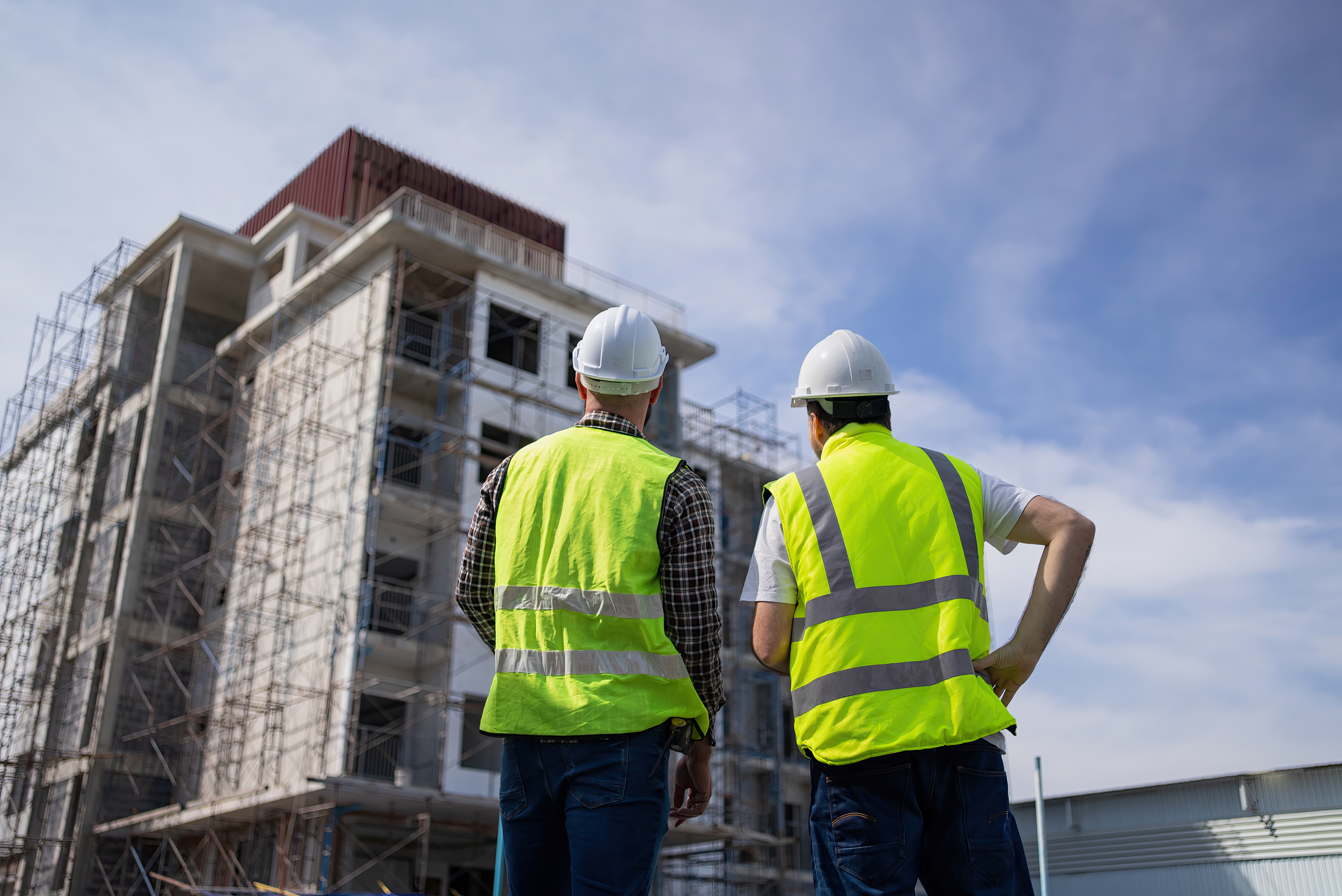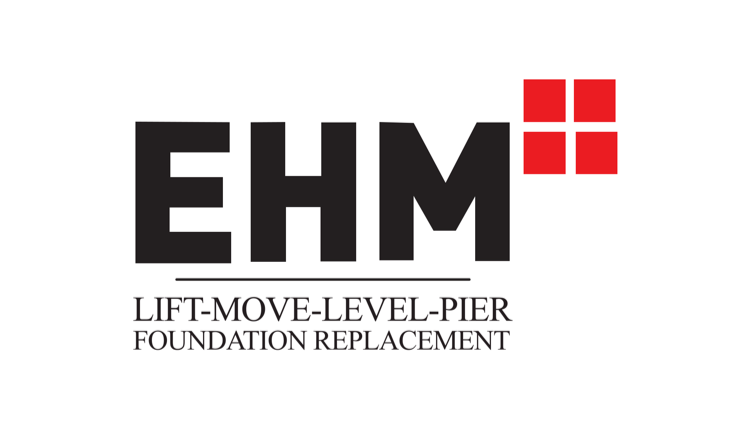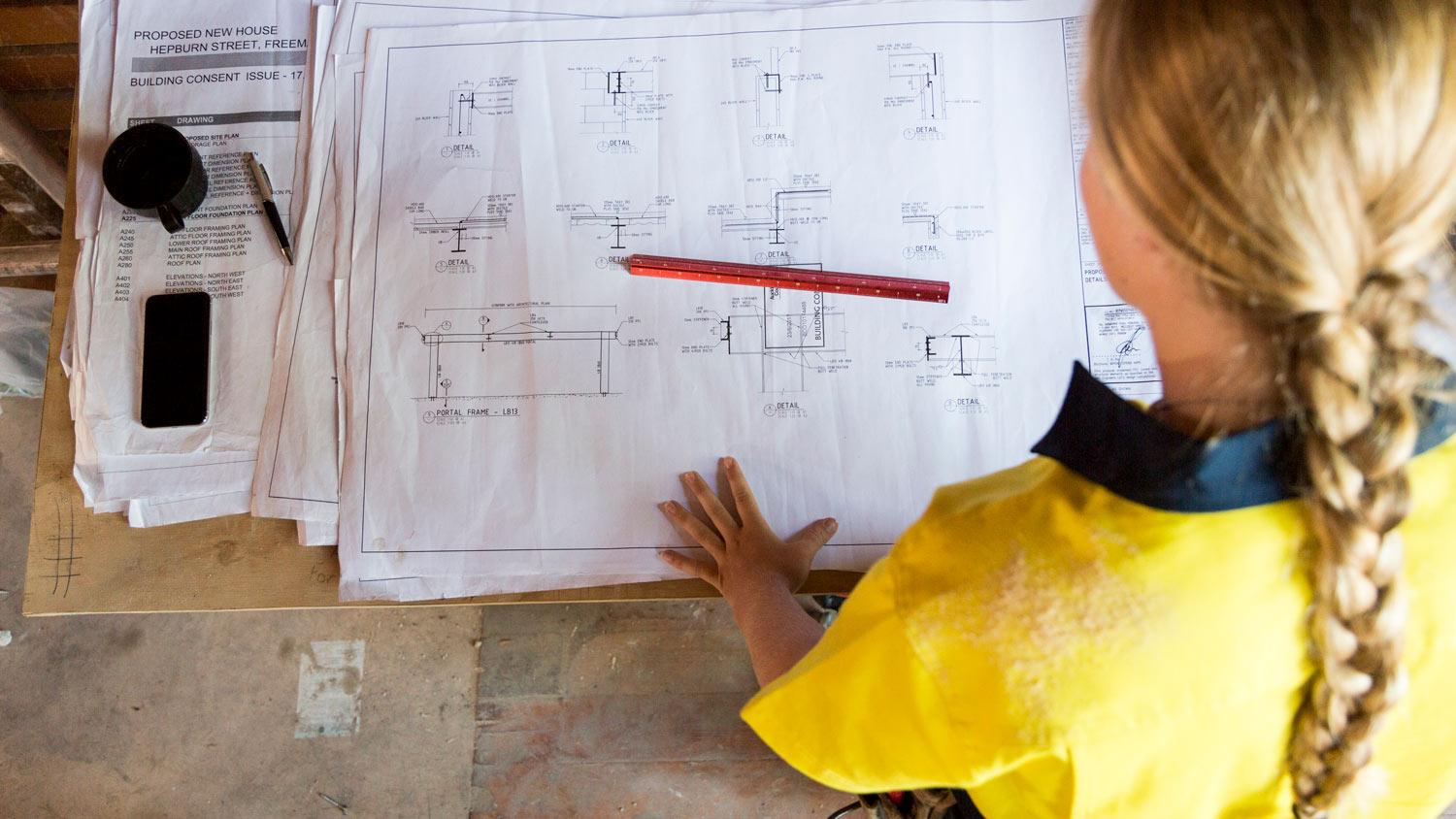
Get matched with top structural engineers in Bucksport, ME
Enter your zip and get matched with up to 5 pros
Need a pro for your structural engineering project in Bucksport, ME?
Verified Reviews for Structural Engineering pros in Bucksport, ME
*The Angi rating for Structural Engineering companies in Bucksport, ME is a rating based on verified reviews from our community of homeowners who have used these pros to meet their Structural Engineering needs.
*The HomeAdvisor rating for Structural Engineering companies in Bucksport, ME is a rating based on verified reviews from our community of homeowners who have used these pros to meet their Structural Engineering needs.
Last update on December 15, 2025
Find Structural engineers in Bucksport

Solid Framing Engineering, LLC
Solid Framing Engineering, LLC
Solid Framing Engineering is a structural engineering firm located in Portland, ME. We offer residential inspections, residential structural retrofit designs, new residential structural designs, drafting and providing signed and sealed drawings.
"He was very receptive and appreciative of feedback on the process and created a exceptional product for me."
Cameron P on November 2025
Solid Framing Engineering is a structural engineering firm located in Portland, ME. We offer residential inspections, residential structural retrofit designs, new residential structural designs, drafting and providing signed and sealed drawings.
"He was very receptive and appreciative of feedback on the process and created a exceptional product for me."
Cameron P on November 2025

GC Renovations Inc
GC Renovations Inc
Owner operated. We use subs for plumbing, heating, electrical & foundations. Cost is determined by the job. No travel charges. May contact through email or call. Free estimates.
Owner operated. We use subs for plumbing, heating, electrical & foundations. Cost is determined by the job. No travel charges. May contact through email or call. Free estimates.

EHM
EHM
EHM is a structural moving and elevating company that also specializes in foundation repair and replacement. We have been working in the Midwest since the Great Floods of 1993. We specialize in severely comprised foundation issues. We can elevate, level, pier or replace a wall or your entire foundation. We do not do mudjacking, waterproofing or minor crack repair.
"I did not get the service that we originally talked about I am very unhappy"
Donna S on August 2021
EHM is a structural moving and elevating company that also specializes in foundation repair and replacement. We have been working in the Midwest since the Great Floods of 1993. We specialize in severely comprised foundation issues. We can elevate, level, pier or replace a wall or your entire foundation. We do not do mudjacking, waterproofing or minor crack repair.
"I did not get the service that we originally talked about I am very unhappy"
Donna S on August 2021
FAQs for structural engineering projects in Bucksport, ME
No, it’s not legal for unlicensed individuals to conduct structural calculations for buildings or building repairs. Not only do licensing requirements prevent DIYers from tackling this project, but mistakes can also be extremely dangerous and put your property and anyone inside or near it at risk of severe injury or even death. You should always hire a licensed and certified local structural engineer to make structural calculations.
Yes, all states require structural engineers to carry the proper license, with specifics determined by each state. You can use Angi’s state licensing tool to confirm that the structural engineer you’re considering holds the required licensing to tackle your job. Hiring an unlicensed structural engineer will not only cause issues with permits but it could also lead to an unsafe building. The cost of a professional, licensed, and experienced engineer is well worth the investment.
The process of hiring a structural engineer starts by finding reliable professionals in your area and comparing quotes from at least three of them. From there, you can narrow down your selection by asking some leading questions:
Do you have experience working in my specific area?
Do you have professional indemnity insurance?
What will your structural report cover?
Do you charge a flat fee for a structural report or by the hour?
How long have you been in business?
Do you have a list of customer references?
Structural engineers typically charge between $100 and $250 per hour, but many jobs won’t be based on a per-hour fee. Instead, the structural engineer will offer a flat rate for the inspection and structural calculations. The flat rate for a structural engineer costs an average of around $550, but you could see prices ranging from $300 to $800, depending on the complexity of your project and how easy it is to access certain parts of your home for the inspection.
Whether you’re building a new home or building an extension on your existing property, you will likely need both a structural engineer and an architect. A structural engineer will determine what loads your foundation and framing can safely handle, and an architect will draw plans according to those structural calculations to simplify the building process. You can start by contacting a structural engineer near you, as many work alongside architects and can get all of the prep work done at once.
The Bucksport, ME homeowners’ guide to structural engineering services
From average costs to expert advice, get all the answers you need to get your job done.

The cost of a structural engineer is easily justifiable given the value they bring to the table. Use this guide to see what hiring your professional will total in Seattle, WA.

The cost of a structural engineer is easily justifiable given the value they bring to the table. Use this guide to see what hiring your professional will total in Philadelphia, PA.

The cost of a structural engineer is easily justifiable given the value they bring to the table. Use this guide to see what hiring your professional will total in Portland, OR.

Before you can start a major remodel, you need to know how to tell if a wall is load-bearing. Learn what a load-bearing wall is and how to identify one.

Do you have an upcoming construction project and aren’t sure whether hiring a structural engineer vs an architect is better? Find out here.

Learn what a structural engineer is, what they do, when you might need to hire one for your home project, and how much they charge.


